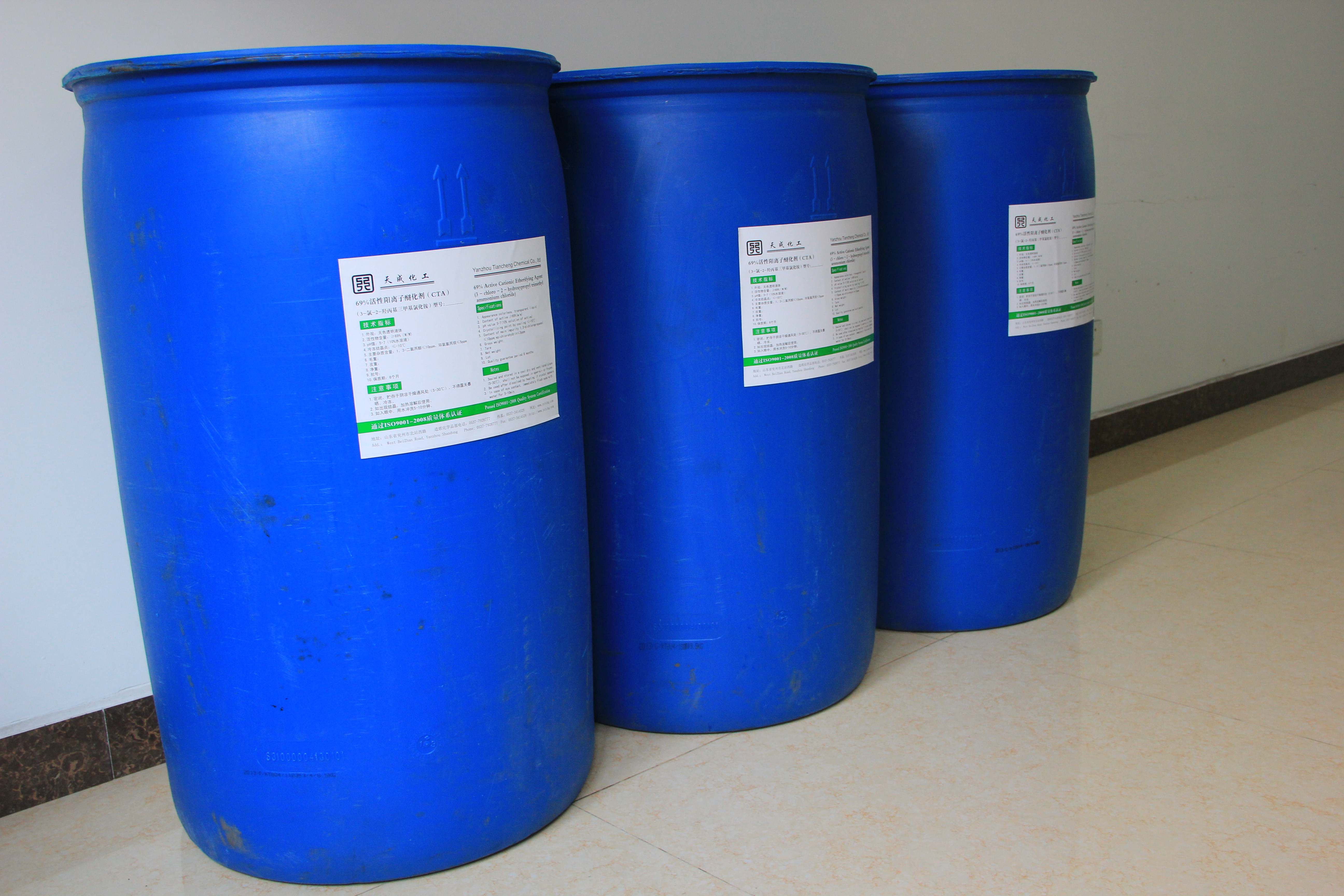Ball valve installation and maintenance
1. Ensure that the installation position of the ball valve is in the coaxial position. The two flanges on the pipeline should be kept parallel to ensure that the pipeline can withstand the weight of the ball valve. If it is found that the pipeline cannot bear the weight of the ball valve, the pipeline is equipped with corresponding support before installation.
2. Confirm whether there are impurities, welding slag, etc. in the pipeline. It must be cleaned in the pipeline.
3, check the ball valve nameplate, and fully open and close the ball valve several times to confirm the valve can work properly, and then a comprehensive inspection of the details of the valve to ensure that the valve intact.
4. Remove the protective cover at both ends of the valve and check whether the valve body is clean and clean the body cavity of the valve. Since the sealing surface of the ball valve is of a ball shape, even minor debris may cause damage to the sealing surface.
Second, the ball valve installation
1. Any section of ball valve can be installed at the upstream end. The handle ball valve can be installed at any position of the pipeline. If the ball valve of the actuator (such as gear box and electro-pneumatic actuator) is configured, it must be installed vertically. In a horizontal position.
2. Install the seal gasket between the ball valve flange and the pipeline flange according to the piping design requirements.
3, bolts on the flange need to be symmetrical, step by step, evenly tighten.
4. If the ball valve adopts a pneumatic or electric actuator, follow the instructions to complete the installation of air source and power supply.
Third, the ball valve after the installation of the inspection 1, after installation, start the ball valve on and off several times, should be flexible, uniform force, the ball valve is working properly.
2. According to the pipeline pressure design requirements, the sealing performance of the joint surface of the ball valve and the pipe flange is tested after the pressure is passed.
Fourth, the ball valve maintenance 1, only remove the pressure before and after the ball valve to disassemble the ball valve operation.
2. In the process of disassembling and reassembling the ball valve, it is necessary to protect the sealed components, especially the non-metal parts. It is better to use special tools like O-rings and other components.
3. The bolt must be tightened symmetrically, gradually and evenly when the ball valve body is reassembled.
4. The cleaning agent should be compatible with the rubber parts, plastic parts, metal parts and working media (such as gas) in the ball valve. When the working medium is gas, metal parts can be cleaned with gasoline (GB484-89). Non-metallic parts are cleaned with pure water or alcohol.
5, the individual parts can be washed by dipping. Metal parts that still have undecomposed non-metallic parts can be scrubbed with a fine dry cleaner impregnated silk cloth (to prevent the fibers from sticking to the parts) with a dry rotor pump. When cleaning, remove any grease, dirt, glue, dust, etc. that adhere to the wall surface.
6, non-metallic parts should be removed from the cleaning agent immediately after cleaning, shall not be soaked for a long time.
7. After cleaning, it is required to be cleaned after the wall-washing agent is volatilized (when it can be wiped with a silk cloth not immersed in cleaning agent), but it must not be left for a long time, otherwise it will rust and be contaminated by dust.
8. New parts must also be cleaned before assembly.
9, using grease lubrication. Grease should be compatible with ball valve metal materials, rubber parts, plastic parts and working media. When the working medium is gas, for example, special grease 221 can be used. A thin layer of grease is applied to the surface of the seal mounting groove, a thin layer of grease is applied to the rubber seal, and a thin layer of grease is applied to the sealing surface and the friction surface of the valve stem.
10. When assembling, metal dust, fiber, grease (excluding the specified use), dust and other impurities, foreign matter, etc. shall not be allowed to be contaminated, adhered or stay on the surface of the part or enter the internal cavity.
|
Feature |
|
l Can inhibit the foam forming l Excellent defoaming property quickly l Stable and no separated layer in water based system l Good compatibility with water based resin and no floating oil phenomenon
|
|
Application and dosage: |
|
l Water based wood paint/coating l Water based industrial paint/coating l Water based automotive trim adhesive l Emulsion paint/coating l Water based coating etc. Remark: Dilute the WC-DF505 by 3~5 times with water and add it into water based system.
|
|
Chemical composition: |
|
l Modified polydimethylsiloxane polymer
|
|
Technical data: |
|
l Appearance: Yellowish liquid l pH (25℃): 6~7 l Active ingredient: ~30% l Viscosity (25℃): 500-1000 Cp |
|
|
|
Package, Storage and Transportation |
|
l Available in 200 kg/ barrel or 25 kg/ barrel l Storage period: ~12 months in closed containers, shady and dry place
|

Defoamer (defoaming Agent)
Defoamer Agent,Fatty Alcohol Defoamer,Polyether Defoamer,Organosilicone Defoamer
Shandong Tiancheng Chemical Co., Ltd. , https://www.tianchengchemical.com